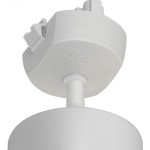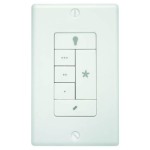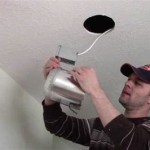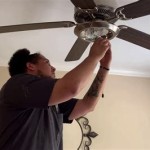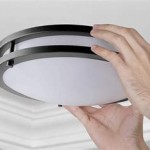False Ceiling Lighting Guide: Essential Aspects for an Enhanced Space
A false ceiling, also known as a suspended ceiling, is a secondary ceiling hung below the main ceiling. It offers numerous advantages, including concealing unsightly wires and pipes, improving acoustics, and providing ample lighting options. Here's a comprehensive guide to essential aspects of false ceiling lighting:
Types of False Ceiling Lighting
Various types of lighting can be incorporated into a false ceiling:
- Recessed Lighting: Mounted flush with the ceiling, recessed lights provide a clean and unobtrusive look while effectively illuminating the space.
- Surface-Mounted Lighting: Installed directly onto the ceiling, surface-mounted lights offer a more decorative touch and can be used in various styles and designs.
- Pendant Lighting: Suspended from the ceiling, pendant lights add a touch of elegance and drama to a space and are often used over dining tables or kitchen islands.
- Linear Lighting: Sleek and modern, linear lights provide a wide and diffused light distribution and are ideal for large spaces or areas with high ceilings.
Factors to Consider
When selecting false ceiling lighting, several factors should be considered:
- Space and Purpose: Determine the size and function of the space to choose appropriate lighting fixtures and lumen output.
- Height and Angle: Consider the height of the ceiling and the desired angle of illumination to optimize light distribution.
- Task and Ambient Lighting: Consider both task lighting for specific areas (e.g., a kitchen counter) and ambient lighting for general illumination.
- Energy Efficiency: Opt for energy-efficient LED lighting to reduce energy consumption and costs.
Design Considerations
False ceiling lighting can also play a significant role in enhancing the整體space's design:
- Accent Lighting: Use concealed or discreet lighting to highlight architectural features, artwork, or other elements within the space.
- Indirect Lighting: Consider bouncing light off walls or ceilings to create a softer, more diffused lighting effect.
- Color Temperature: Choose the appropriate color temperature (warm, cool, or daylight) to match the intended mood and atmosphere.
Installation and Maintenance
Proper installation and maintenance are crucial for optimal performance and safety:
- Professional Installation: Hire a qualified electrician to ensure safe and code-compliant installation.
- Regular Cleaning: Clean light fixtures regularly to remove dust and debris, improving light output and prolonging their life.
- Bulb Replacement: Replace burned-out bulbs promptly to maintain consistent lighting levels.
Conclusion
False ceiling lighting offers a versatile and effective way to enhance any space. By understanding the different types, factors to consider, design considerations, and installation and maintenance requirements, you can create an optimized lighting plan that meets your specific needs and transforms your space into a well-lit and inviting environment.

15 Tips To Choose False Ceiling Lights Simple Home Decor Ideas

How To Choose False Ceiling Lights You Might Need This Guide

9 Types Of False Ceiling Light Designs To Glam Up Your Home

Comprehensive Guide On Led False Ceiling Lights Magik Lighting

False Ceiling Light Options For Your Living Room Design Cafe

False Ceiling Light Options For Your Living Room Design Cafe

10 Beautiful False Ceiling Tray Design For Your Home Homes

10 Latest False Ceiling Design Ideas For Your Stunning Home By Livspace

False Ceiling Light Design For N Homes Jaquar

Pop False Ceiling 9 Things No Tells You 27 Designs Building And Interiors
Related Posts

